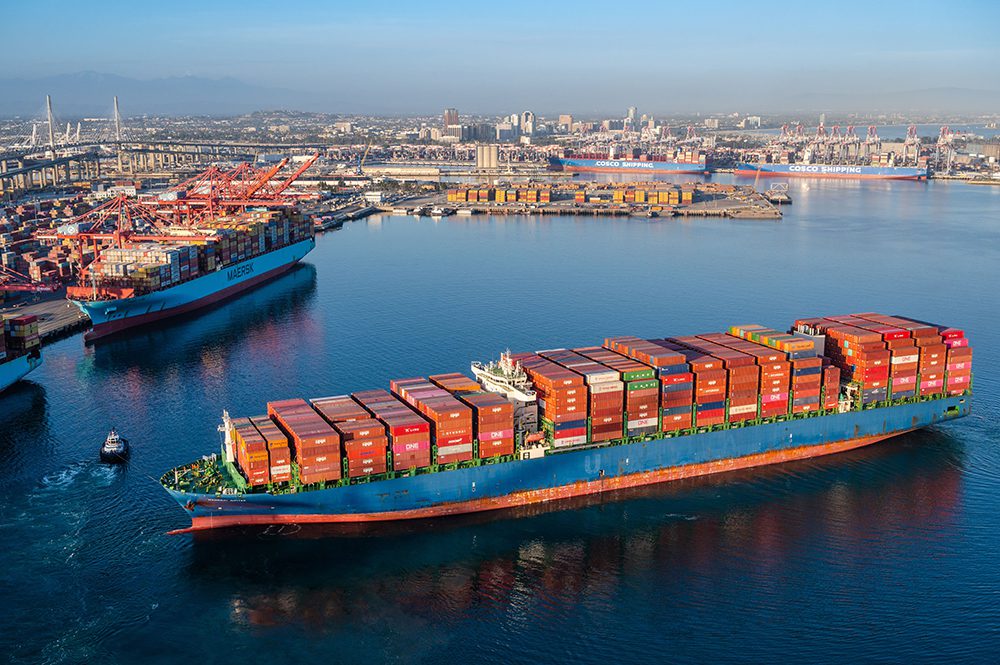Trade activity at the Port of Long Beach fell by more than a quarter in July as adjusted routes, full warehouses and consumers’ shift to travel impacted cargo volumes, the port said Tuesday.
The port moved 578,249 twenty-foot equivalent units (TEUs) last month, marking a decrease of 26.4% compared to last year’s exceptionally busy July. Imports went down by 27.9% to 271,086 TEUs, exports decreased by 17.6% to 90,134 TEUs, and empty containers passing through the port dropped by 27.7% to 217,030 TEUs.
The port’s performance over the first seven months of 2023 is a 25.6% decrease compared to the same period in the previous year. The figures bring cargo activity closer to levels seen before the pandemic, specifically in 2019 when the port handled a similar volume of cargo.
Port of Long Beach CEO Mario Cordero said he expects a ‘modest’ peak shipping season ahead.
“I am confident we will see our numbers improve as we work with industry partners to rebuild our market share,” said Cordero. “Looking ahead in the near term however, we anticipate a modest ‘peak season’ for shipping as consumers spend a little less this year on back-to-school supplies and gifts through the holiday season.”
The latest figures from the National Retail Federation indicate that U.S. container imports are expected to reach the highest level in nearly a year this month at over 2 million TEUs nationwide as retailers prepare for the winter holidays. The NRF’s modeling predicts U.S. container imports in 2023 will total to 22.3 million TEUs, which would be down 12.8% from last year’s 25.5 million TEUs.

 Join The Club
Join The Club











